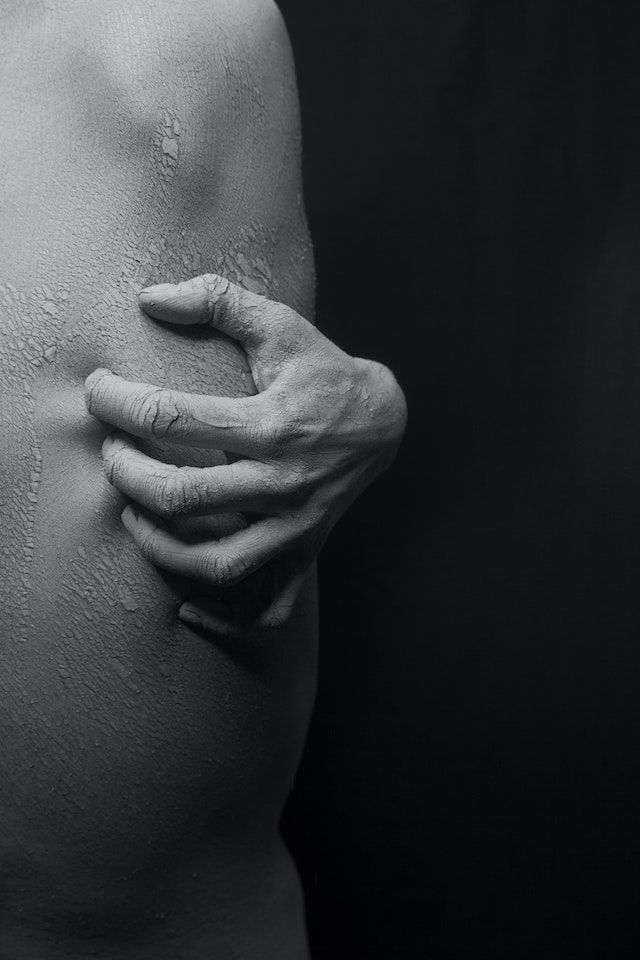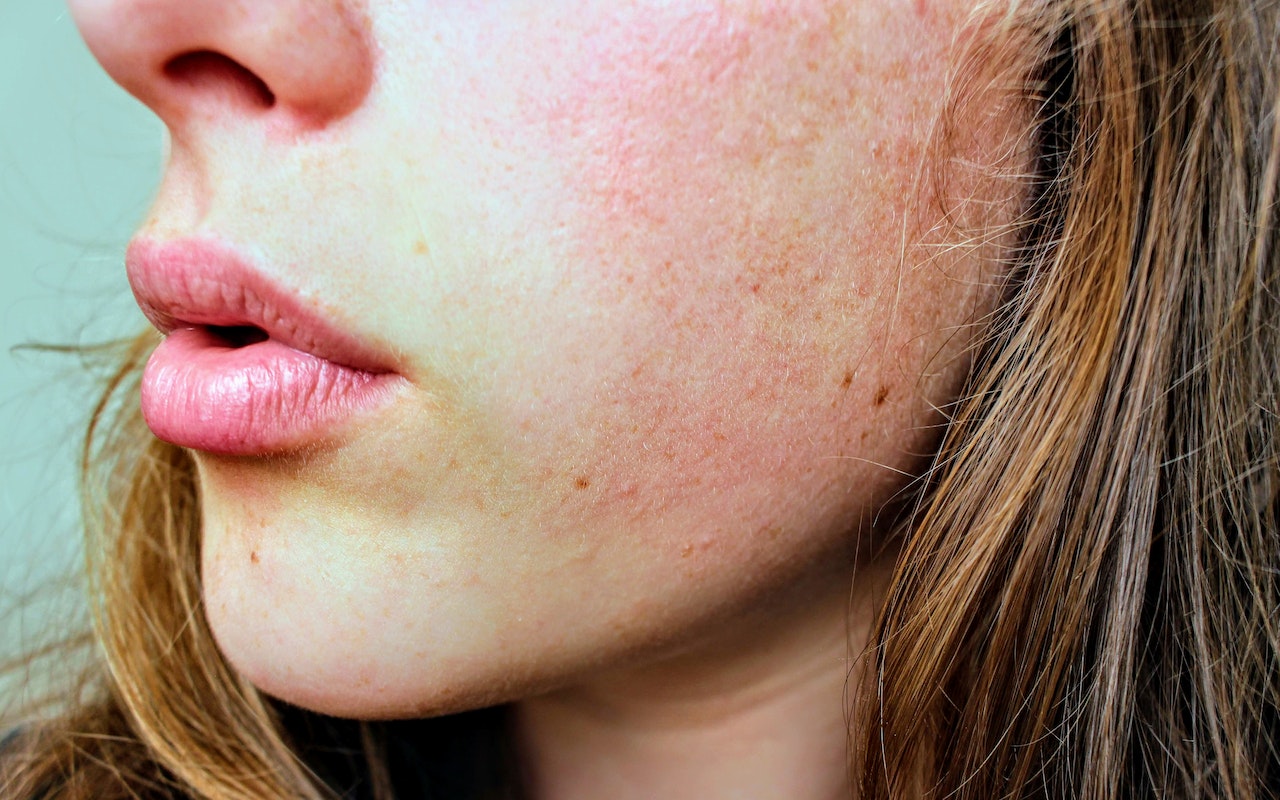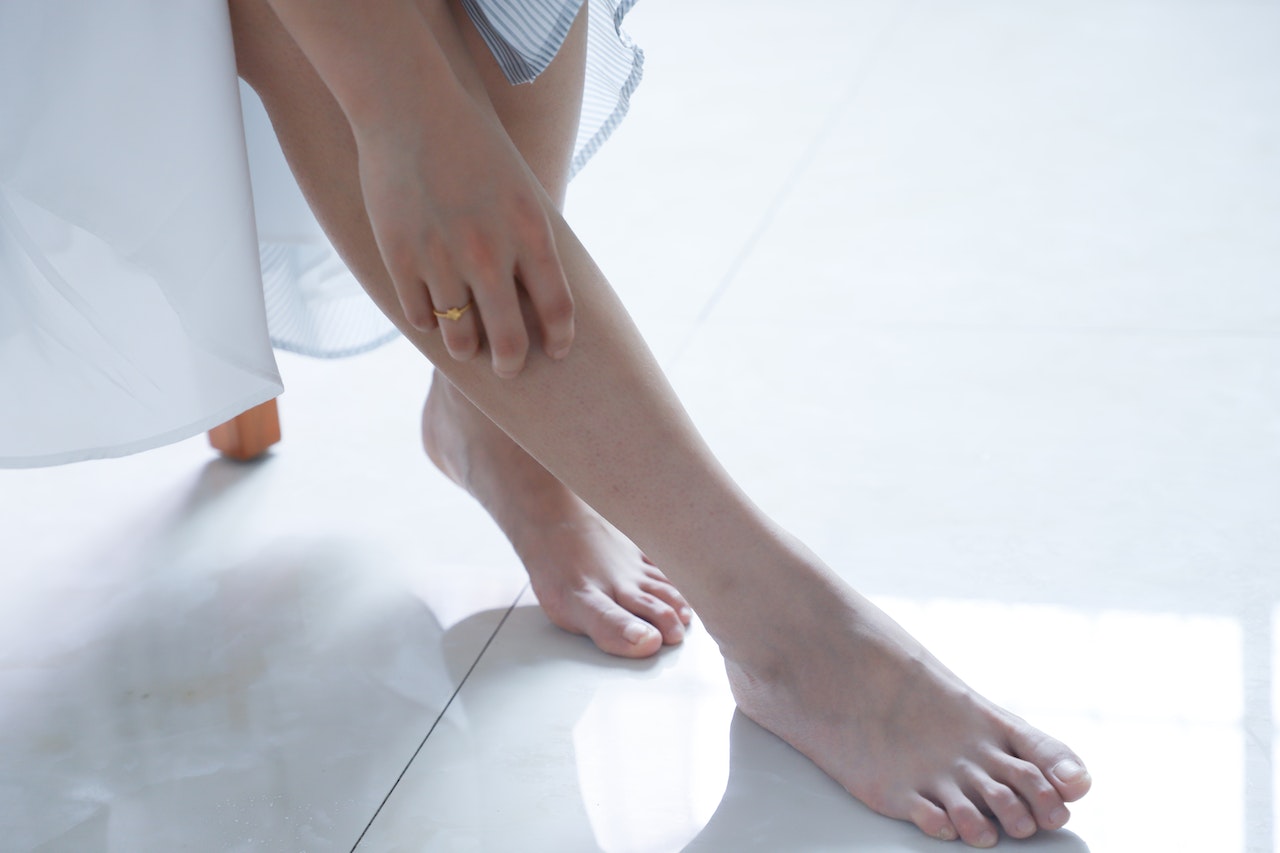It can be difficult and annoying to deal with dry, itchy skin. In this article, we will look at a variety of efficient treatments that can offer much-needed comfort and restore the healthy balance of your skin. Get healthier, happier skin by learning quick and effective ways to get rid of dryness and itching.
What Is Dry Skin?
When there is insufficient moisture in the skin, it dries out and becomes dry skin. Although it seldom results in significant issues, it can nevertheless be frustrating. You should visit a doctor if you have really dry skin.
The temperature outside and the amount of moisture in the air are only two of the many factors that contribute to dry skin.

Types of Dry Skin
Although dry skin is frequently transient, other varieties of it might persist throughout the entire year. If you have persistently dry skin, it can be one of these types:
- Athlete’s foot – If your feet feel dry, you may have this condition. Your feet may develop dry, flaky soles as a result of this fungus-caused condition.
- Contact dermatitis – Allergies can occasionally be brought on by substances that come into contact with your skin. Your skin may become dry, irritated, and red. A rash could also appear. It can occur with items like cosmetics, pharmaceuticals, detergents, or nickel-containing metal in jewelry.
- Eczema (atopic dermatitis) – This may be present if certain areas of your skin are dry, red, and itchy. Additionally, this may cause skin cracking. This skin problem can be inherited from your parents, but aggravating factors include allergies, stress, and other irritants.
- Seborrheic dermatitis – Dandruff can appear when your scalp is very dry. You can have dry, flaky skin on your arms, legs, groin, face, ears, or close to your belly button (it is known as a cradle cap when it affects babies).
Symptoms
Each person may experience dry skin differently because each person’s symptoms vary depending on their age, health, and the underlying reason for their dry skin. But if you have dry skin, you probably experience symptoms like:
- Skin that is cracked (the fissures may be deep and bleed)
- Itching
- Scaling, peeling, or flaking
- Redness
- Skin that is dry, ashy, or has a rough texture
- Especially after bathing, taking a shower, or swimming, your skin may feel tight
DIY Home Remedies
1. Coconut oil
Coconut oil has moisturizing qualities. By obliterating the spaces between skin cells, emollients provide a smooth surface. Because of this, the skin is moisturized and smoothed by the naturally occurring saturated fatty acids in coconut oil.
Even the most delicate regions of your body can benefit from frequent usage of coconut oil. These include the area directly below your eyes and the area around your lips. Coconut oil also has the advantage of not needing to be mixed. Coconut is soft enough to be used frequently.
2. Petroleum jelly
Products made of petroleum jelly can help elderly persons’ skin recover. Mineral oil, sometimes known as petroleum jelly, protects the skin. Underneath, moisture is trapped. This allows for the healing of dry, irritated skin patches.
3. Oatmeal baths
A popular traditional treatment for sensitive skin is oatmeal. This natural cure has been suggested by grandmothers and great-grandmothers for generations because it works.
Colloidal oatmeal has anti-inflammatory and antioxidant properties that decrease inflammation. If you want to stop itching, this therapy is effective. After having an oatmeal bath, be sure to moisturize your skin to preserve the barrier.
An oatmeal bath may be made at home. Oatmeal should be ground into a fine powder in a food processor, and then mixed with warm water. To prepare an oatmeal soak, you can alternatively use one of the numerous commercially available preparations.
4. Antioxidants and omega-3s
Your body’s inability to sufficiently repair the harm caused to skin cells by exposure to external stimuli is the cause of dry skin. There are some meals that might make your skin seem younger.
Antioxidant-rich foods can reduce the harm done by pollutants and aid in the production of healthy cells in your body. Some of the nutrients that support healthy skin include:
- blueberries
- tomatoes
- carrots
- beans
- peas
- lentils
Salmon and other omega-3-rich meals may also contribute to glowing skin.
5. Gloves
The most frequent direct contact with environmental irritants usually occurs on the hands. These include laundry detergent and dish soap. Make it a habit to always wear gloves when you have water on your hands. When temperatures drop and you are working outside in the cold, your hands suffer a lot of damage. Wearing insulated gloves can help avoid dry, itchy skin whether doing household chores or being outside in really cold weather.
6. Adapt the temperature of your shower
Modifying your shower regimen might occasionally help relieve dry skin. Although most individuals like to take hot showers, doing so might hurt the skin.
Additionally, certain soaps that promote skin healing and moisturization might have the opposite effect. Severe chemicals have the potential to weaken skin and trigger allergic reactions.
Take brief showers with warm, not hot, water. Additionally, search for soaps that are kinder to the skin than conventional soaps and devoid of aroma.
7. Use a humidifier
A humidifier helps reduce the dryness that is brought on by home heating systems. A humidifier set at 60 percent is sufficient to counteract the effect of gas and electric heat, which dry up the air.
8. Avoid irritants and allergens
Your clothing or the environment you have exposed your skin to might be the cause of the abrupt onset of dry skin.
Your skin might become itchy and dry by sitting next to a fire, being in chlorinated or chemically treated water, or simply wearing wool clothes. Consider the stresses you are subjecting your skin to and try to be kind to it.
9. Sunflower seed oil
Using sunflower seed oil as a moisturizer on participants’ arms increased moisture. Olive oil harms the skin’s protective layer, indicating that not all natural oils are appropriate for use as moisturizers.
10. Petroleum jelly
Mineral oil, sometimes known as petroleum jelly, has long been used as a moisturizer. When elderly persons used petroleum jelly, their skin’s natural barrier functioned better. It demonstrates the efficacy of petroleum jelly in treating dry skin, particularly when it results from aging.
11. Aloe vera
Dry skin may be relieved with the use of aloe vera gel. Applying aloe vera gel and covering the afflicted region with a sock or glove will help someone with dry skin on their hands or feet. It could be preferable for people to do this before going to sleep and leave the gel on all night. If you have dry skin on another part of your body, try liberally applying aloe vera gel and letting it soak in for a similar result.
Conclusion
Managing dry, itchy skin can be difficult, but there are effective DIY remedies available. You may recover the health of your skin with natural remedies or straightforward lifestyle modifications. You may recover control and enjoy more comfortable, itch-free skin by understanding the reasons and forms of dry skin.



